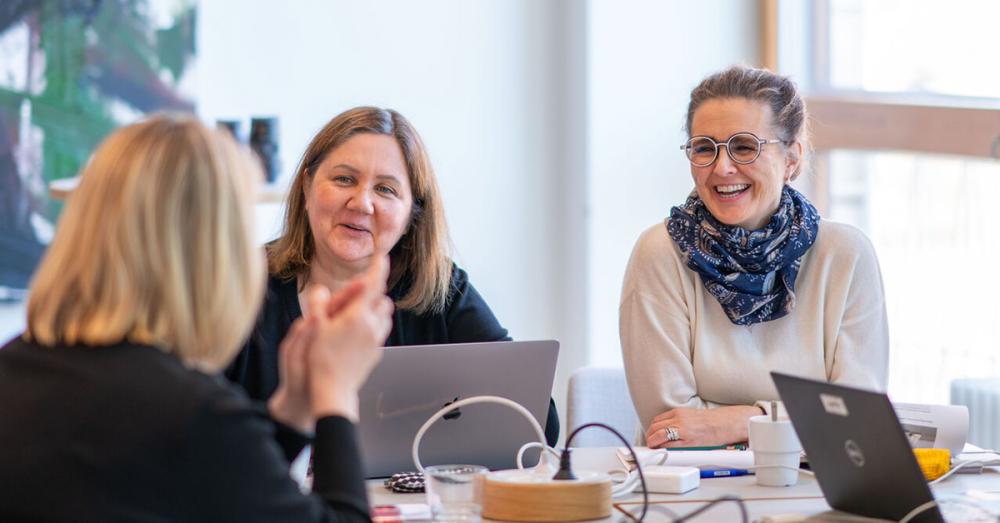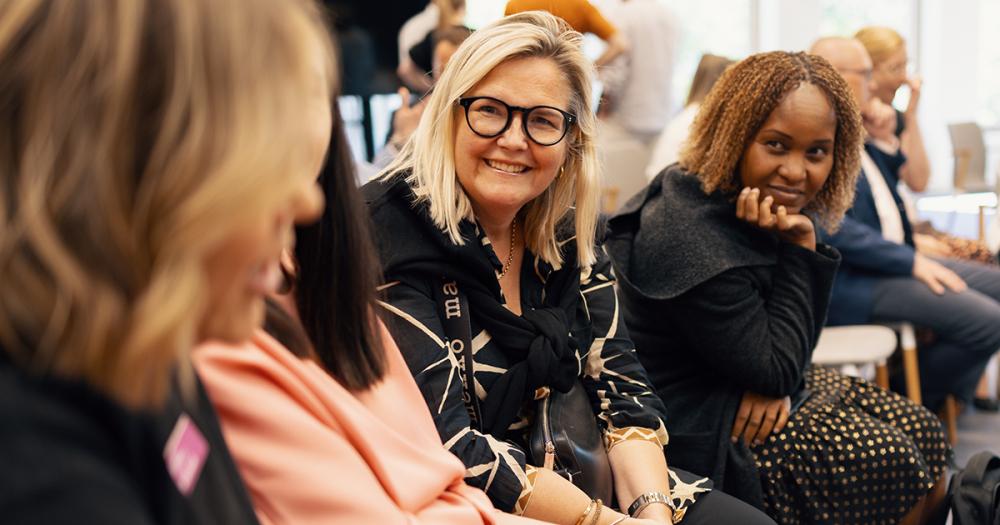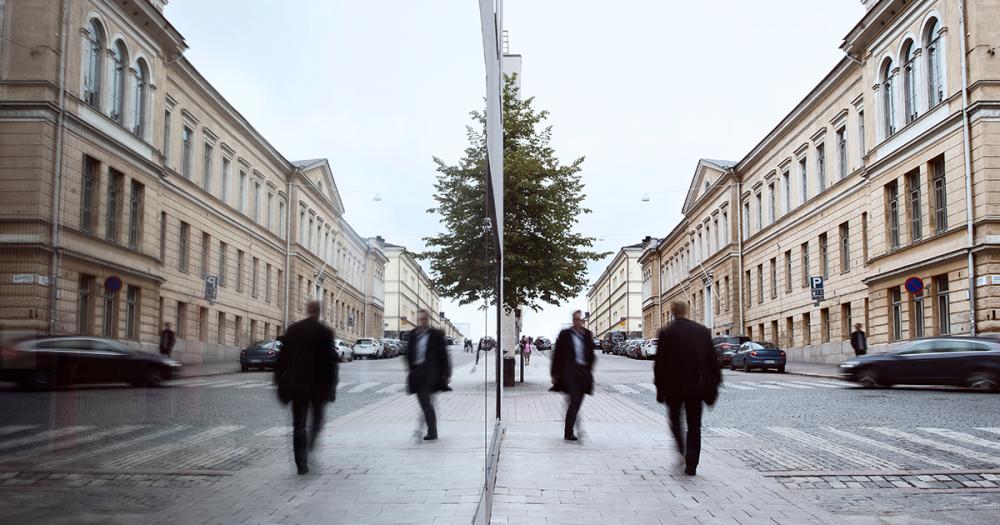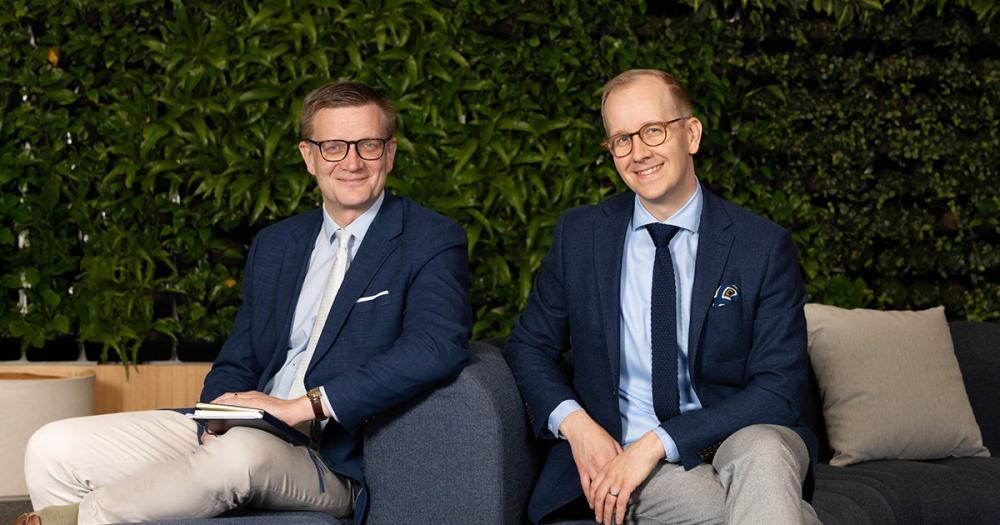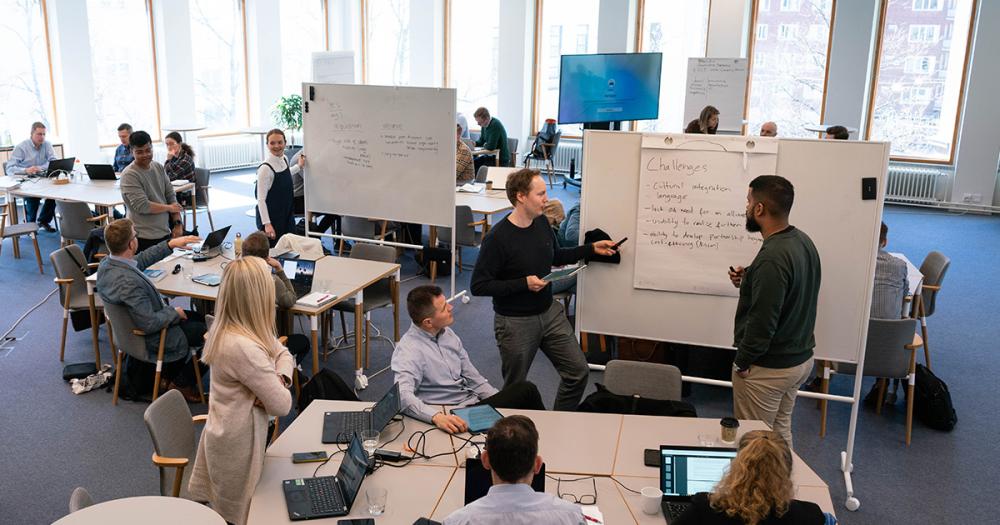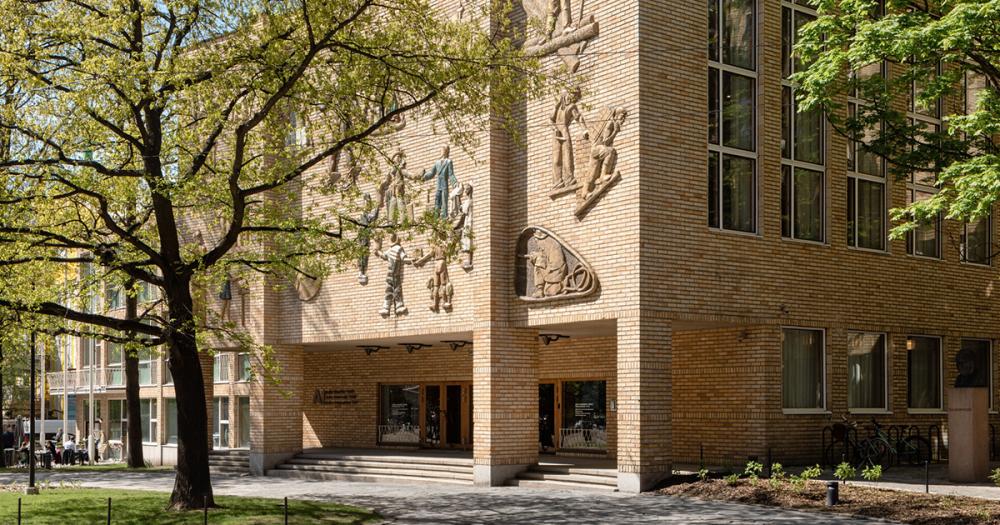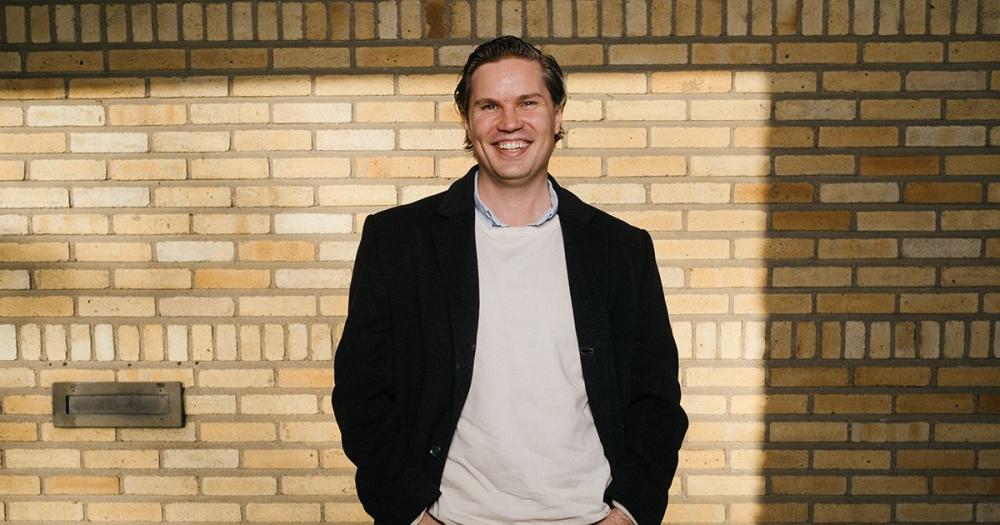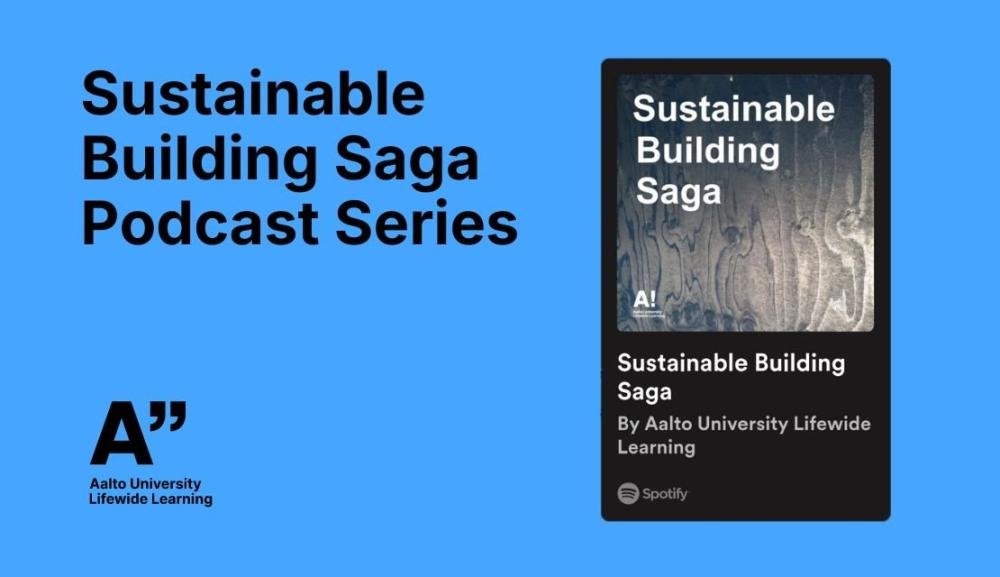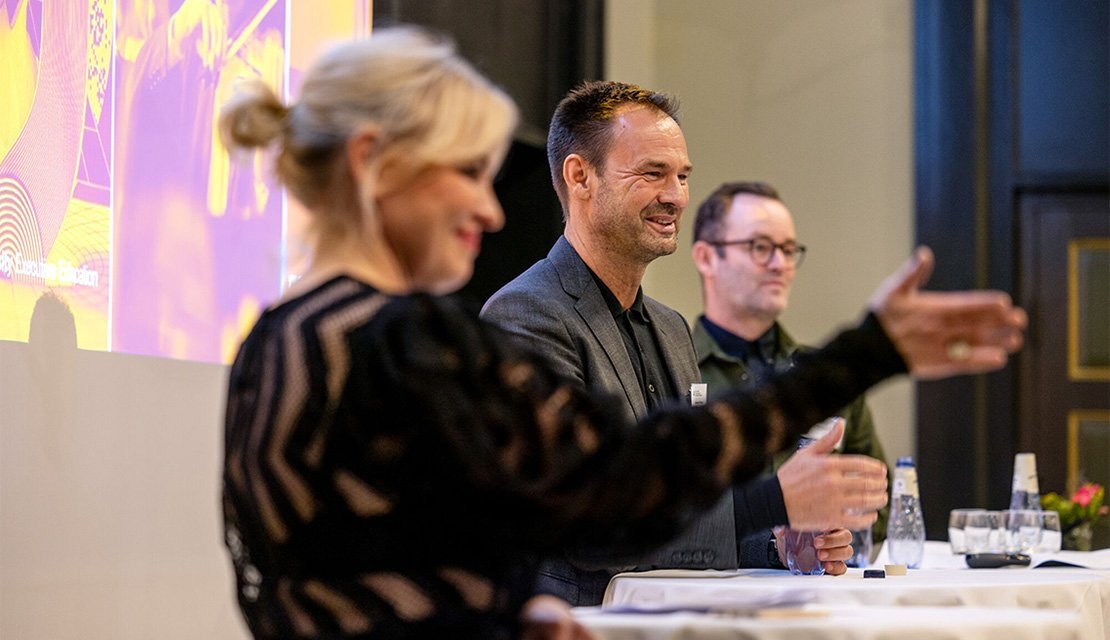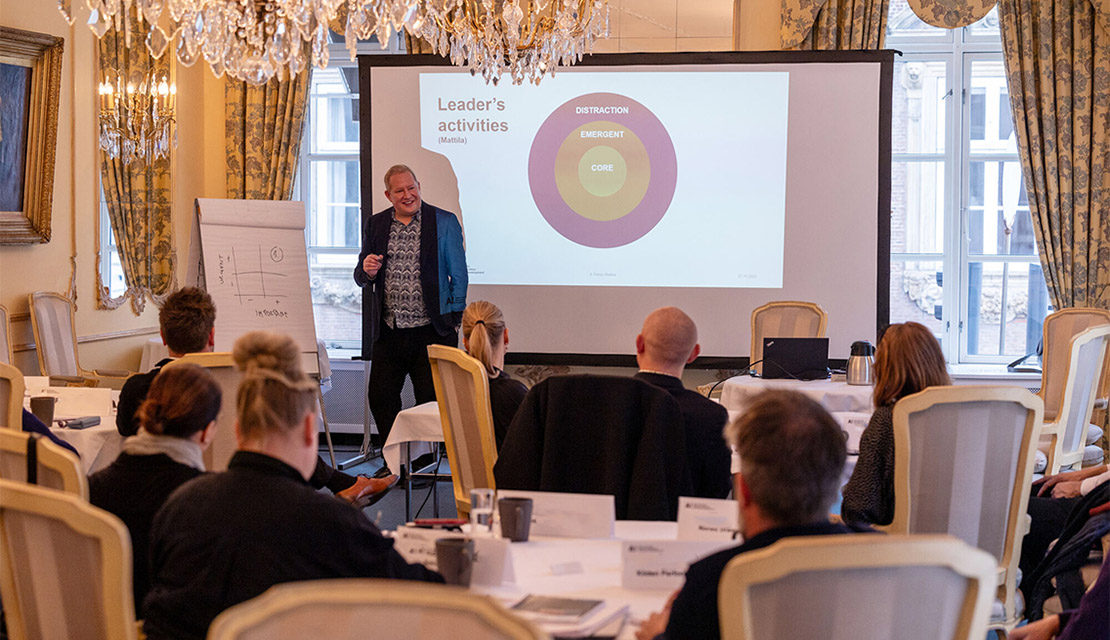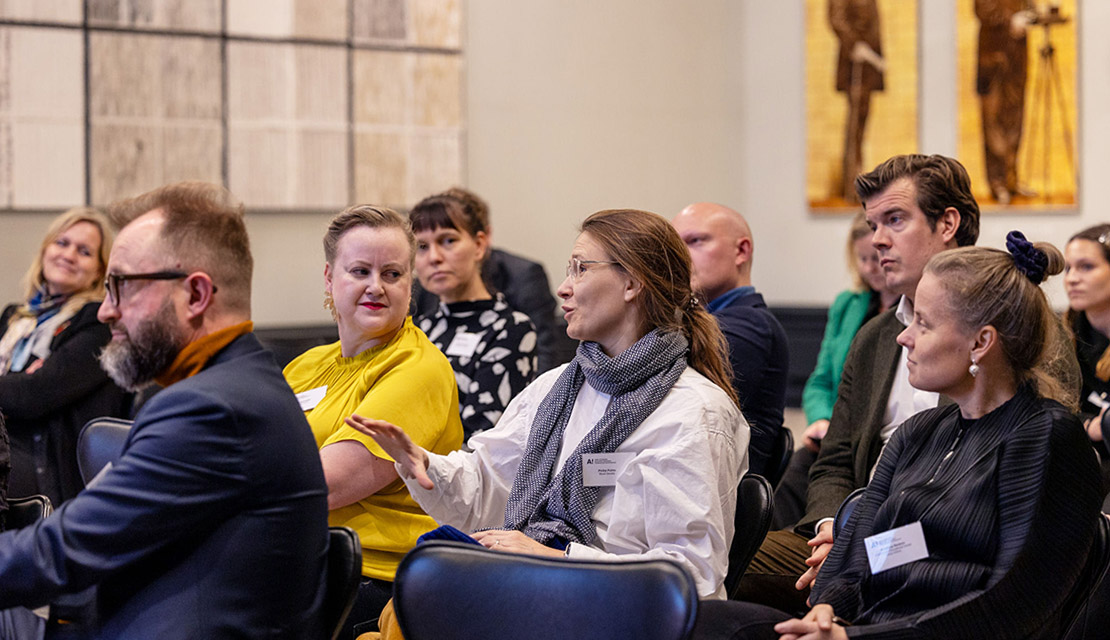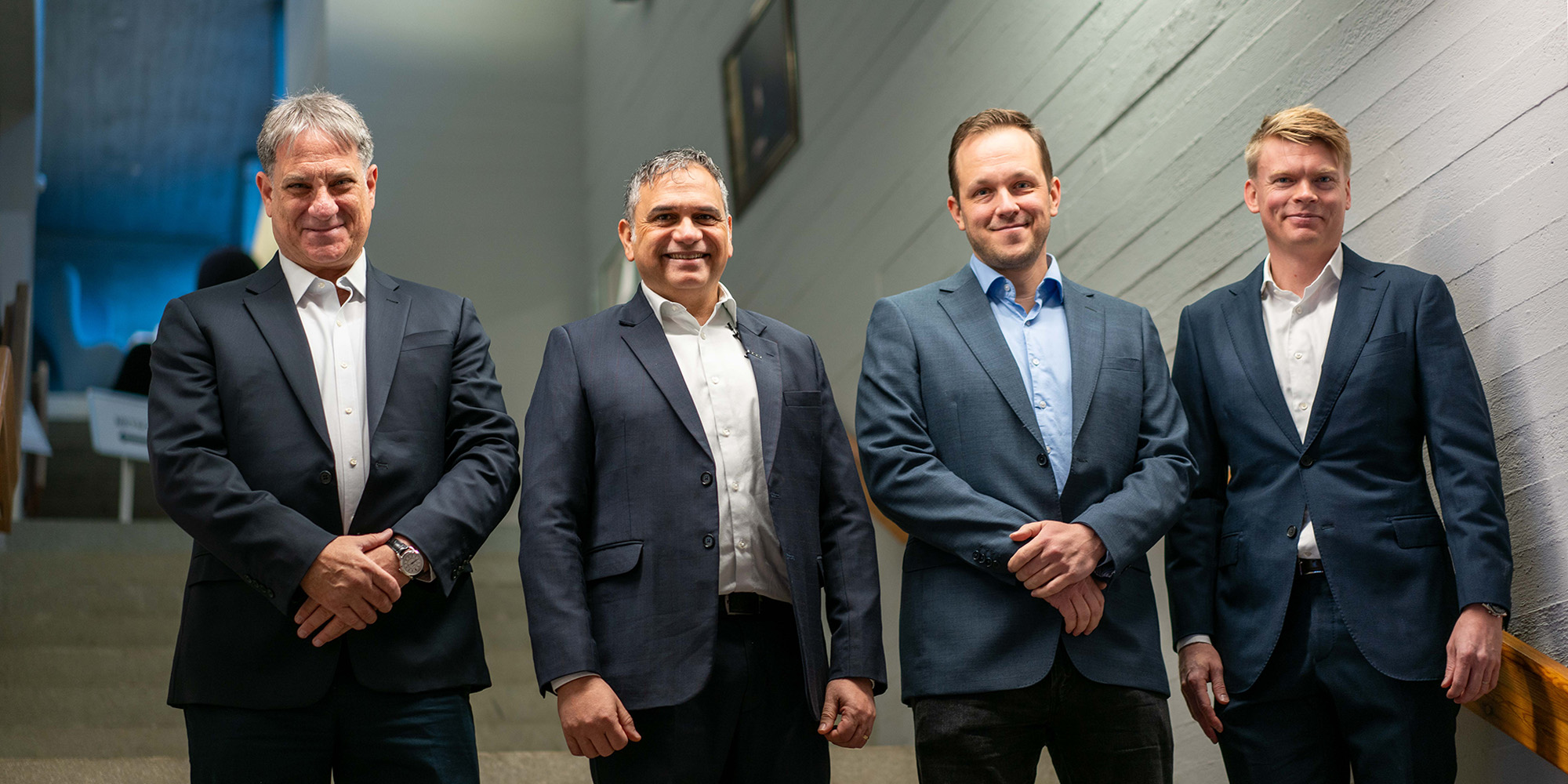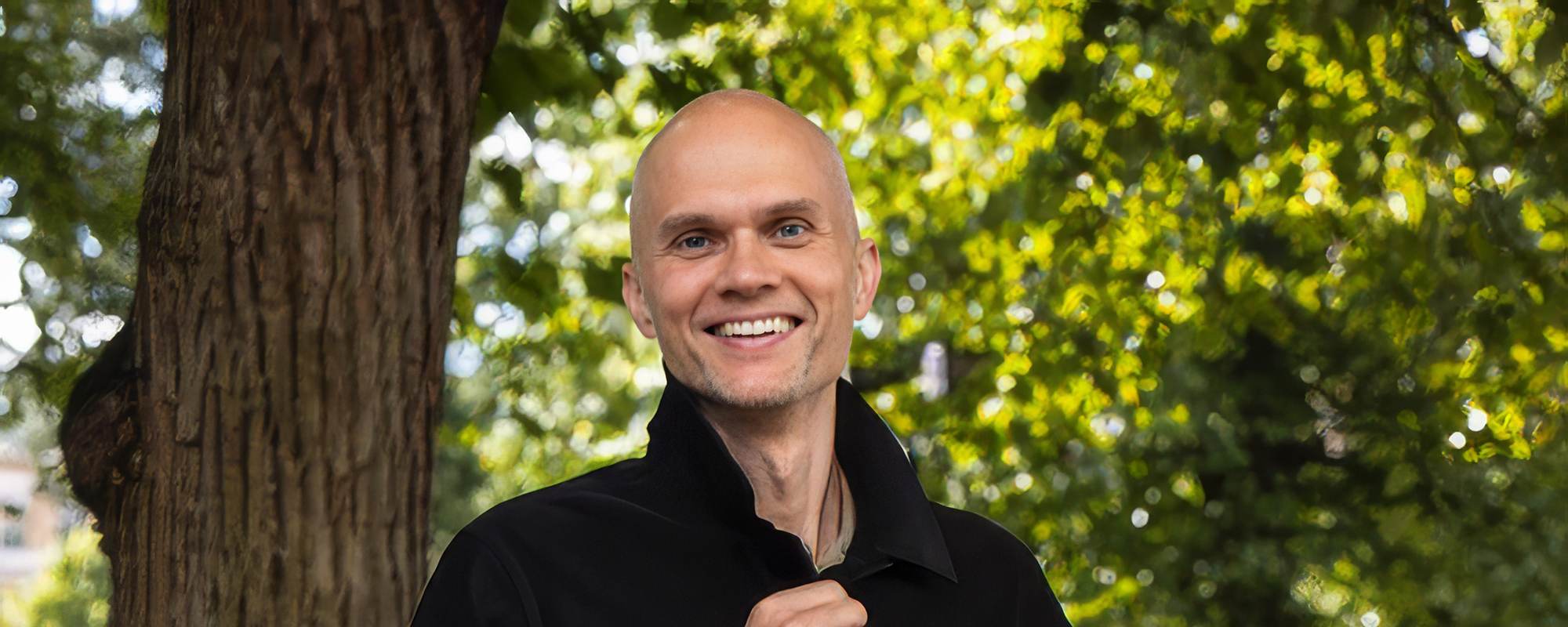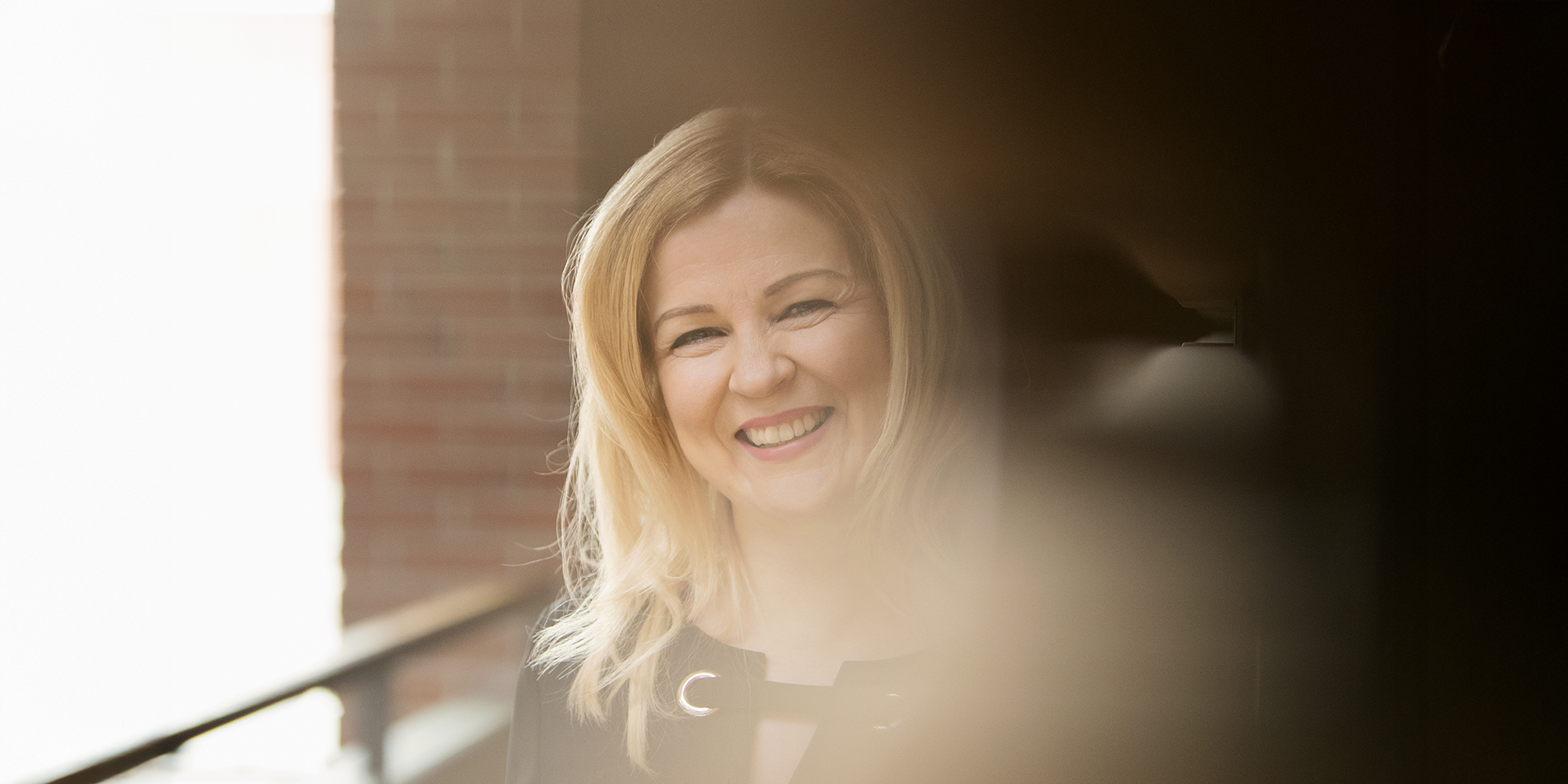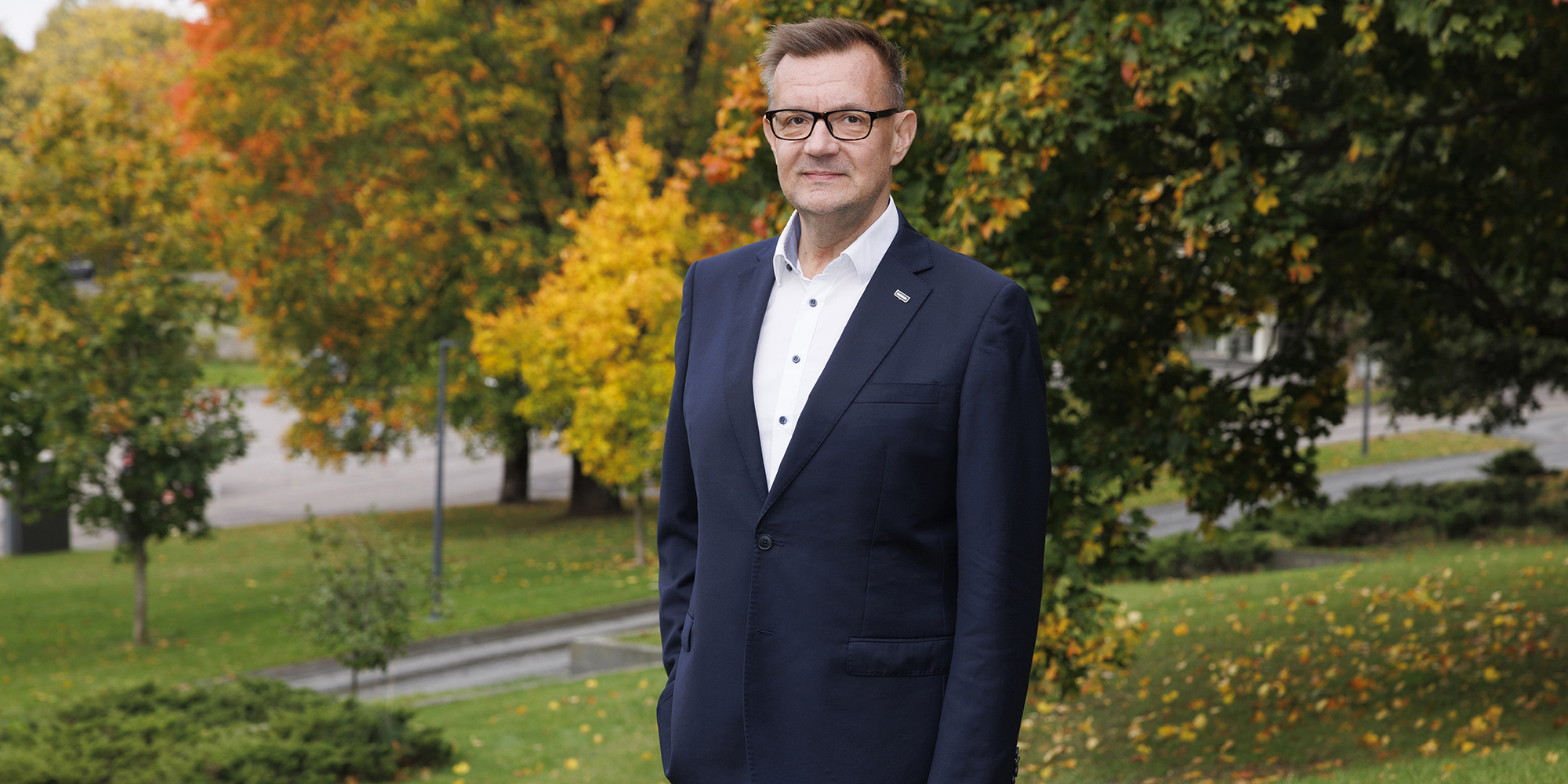A recent in-depth survey on the long-term impact of Aalto EE's Business of Culture program, a pioneering leadership development program in the cultural sector, reveals the program's excellent results, with an impressive overall satisfaction score of 5.2 out of 6. This stands as a testament to the program's transformative success in enhancing leadership skills, fostering networking, and stimulating sector growth.
In today's rapidly evolving world, cultural organizations must blend their authentic mission with commercial acumen to truly stand out and achieve remarkable outcomes. This integration forms the core objective of the Business of Culture program, designed for arts and culture sector leaders in the Nordic and Baltic regions, and goes a long way to explain why the leading cultural foundations, AKO Foundation, Saastamoinen Foundation, and Föreningen Konstsamfundet, have chosen to support the program and its participants.
Merging the strategic acumen of business with the creative prowess of the arts sector is where true competitive advantage resides."
"The reality is that professionals in the cultural sector possess deep knowledge in their own domain, yet topics beyond their scope, such as economics or leadership, often seem unfamiliar and challenging. Cultural practitioners, both in Finland and globally, typically experience unease in these areas. Historically, there's been a prevailing belief that economic considerations hold little significance in cultural contexts. This has led to a notable gap in understanding and a longstanding tradition surrounding this mindset. This program bridges that gap," says Petteri Karttunen, Chairman of the Board at the Saastamoinen Foundation.
Helen Sildna, the head and founder of Tallinn Music Week, agrees. "Merging the strategic acumen of business with the creative prowess of the arts sector is where true competitive advantage resides. The cultural sector stands to gain significantly from a program like this," she says.
Sildna highlights, for example, the benefit of acquiring business terminology, which she views as instrumental in placing the cultural sector on an equal footing with other sectors and industries. This is necessary to facilitate new collaborations and alliances in the corporate world, such as obtaining sponsorships.
Stefan Björkman, CEO of Föreningen Konstsamfundet, outlines his foundation's rationale for supporting the program by drawing an analogy between the cultural and construction industries. "We are in the business of constructing culture. No one would consider building a house worth twelve million euros without involving architects and designers. The principle is the same. Our foundation distributes around 12 million euros annually in grants. Ensuring that the organizations we back are well-managed aligns with our interests."
Ensuring that the organizations we back are well-managed aligns with our interests."
For Björkman, the program's customization for cultural organizations is crucial. "There hasn't been anything like this before. What's more, the feedback has been overwhelmingly positive, with many participants recommending the program to their peers. This was our goal. It fosters a shared experience and develops a common language for the sector."
"However, I do hope that the cultural sector isn't just seen as another business area. While there are beneficial concepts from the business world, it's important to maintain our integrity and pride in highlighting the inherent value of culture."
It all starts with self-leadership
A key element in becoming an effective and influential leader, as well as in establishing significant relationships, lies in professional development. This involves enhancing one’s abilities, understanding, and viewpoints, along with gaining the confidence to apply them effectively.
The program begins with a module on CoPassionate Leadership, taking a deep dive into leading self, leading others, and leading change. The focus is on developing self-awareness and learning how to lead and implement change in one's own organization – and to great success, according to the results of the survey.
The survey showcases a significant boost in leadership capabilities, with 84 percent of the respondents rating their skill enhancement at 5 or 6 out of 6.
Andreas Lindahl, Orchestra Manager at the Gothenburg Symphony Orchestra in Sweden, attests to this growth, remarking that the program reoriented his approach to focus more on leading people, not just production and processes.
"That has been really helpful for me and for the people who have to deal with me as their leader", Lindahl says.
My organization gained a much more motivated and determined employee."
Anna-Maria von Bonsdorff, who has worked as the Chief Curator of the Ateneum Art Museum in Finland since 2013 and was recently appointed as its Director for a five-year term starting on January 1, 2024, stresses the program's emphasis on self-leadership.
"In the cultural sector, we haven't previously had the chance to engage in this type of introspection, particularly through the lens of leadership. My organization gained a much more motivated and determined employee," she says.
This aligns with the benefits reported by other participants, such as enhanced decision-making and management abilities and strategic development at an organizational level.
"Some of the insights, ideas, and methods have really changed the way I work. Having run my company for 15 years, I was surprised I hadn't encountered this information before. The year-long program's structure was beneficial, as it allowed me to implement these new skills and knowledge within my own company step by step," says Helen Sildna.
A pivotal insight for her from the program was a statement by Pekka Mattila, Associate Professor at the Aalto University School of Business: "Impact comes from allocating attention."
Sildna elaborates, "Progress and growth are contingent on where you direct your focus. It might seem banal and simple, but it really isn't. There are so many blind spots in the way we operate and work."
|
|
A strategic mindset fosters organizational growth and adaption
Beyond individual growth, the program also significantly influenced organizational evolution.
Eva Frost, Director at JazzDanmark, the national organization for jazz in Denmark and Danish jazz abroad, says that her organization has benefitted from a more strategic and future-oriented leadership approach. Andreas Lindahl concurs, mentioning the program's role in fostering a strategic mindset essential for organizational growth and adaptation.
"We're not quite there yet, but my organization has realized the need to change our structure and bring more strategic thinking into our planning process. The insights gained from the program, especially from speakers like the Danish theater director Kasper Holten, have started a necessary questioning of our organizational makeup," he says.
"I work at a major international art museum, and this program opened my eyes to numerous fresh ideas. Previously, training tailored for those in the cultural field was scarce; we often had to resort to entirely different types of programs. These don't always align with our specific requirements, as the management and customer-focused approaches in our sector are quite unique. However, at the end of the day, there's a business aspect to everything we do," adds Anna-Maria von Bonsdorff.
I was so grateful to be part of the program during that critical period. It equipped me with essential tools to be a better leader amidst a crisis."
For Helen Sildna, one of the most significant takeaways from the program was acquiring the skills necessary for leading teams effectively in times of crisis. She vividly recalls a session in March 2020, coinciding with the outbreak of COVID-19, just weeks before the launch of her festival, Tallinn Music Week.
"We were thrust into an entirely unforeseen situation. My top priority was ensuring my team's well-being, fostering a secure work environment, and creating an environment where empathy and emotional intelligence are valued. I was so grateful to be part of the program during that critical period. It equipped me with essential tools to be a better leader amidst a crisis," she says.
Broadening horizons through networking
The second core benefit of the program is the development of collaborative relationships. By cultivating personal growth, participants can form stronger bonds, enabling them to exchange insights, establish genuine connections, and discover opportunities for collaboration. Moreover, these connections extend beyond the personal realm, potentially bringing organizations together and paving the way for synergistic partnerships.
The survey indicates that the participants also identify networking and collaboration as a key advantage of the program, with 75 percent of the respondents emphasizing its importance. Eva Frost underscores the lasting impact of these connections, saying that the relationships built among the participants go beyond geographical boundaries.
"It was very inspiring to engage in discussions with colleagues from different countries. As a leader, having colleagues to exchange ideas with is crucial, and I've continued these conversations even after the program concluded," she remarks.
This was more than networking; it was about building long-term partnerships and relationships."
Helen Sildna agrees, highlighting the advantage of the program's diverse blend of countries and sectors in breaking down silos. "I run a small private enterprise, unlike a large institution like the Ateneum. Discovering that many of our challenges are common was a revelation. There was significant knowledge exchange and mutual learning across the board. At typical networking events, such in-depth interactions are rare. This was more than networking; it was about building long-term partnerships and relationships."
"We came to understand that our thoughts and obstacles are strikingly alike, offering us a valuable opportunity to exchange insights. Working together across various sectors is extremely beneficial, enhancing the effectiveness of all our organizations," adds the Ateneum's Anna-Maria von Bonsdorff.
Sildna believes that she can leverage these connections to the advantage of not just the Estonian creative sector but the entire region. "As we develop our skills and knowledge, our shared market in the region improves, allowing all of us to expand our client base and strengthen the sector's competitive edge," she says.
Andreas Lindahl also acknowledges the value of engaging with a diverse network.
"I particularly enjoyed being totally free from all expectations as I didn't know anyone in advance," he says.
|
|
Economic insight brings sector growth
Enhanced skills and robust networks enable participants to significantly influence strategy and drive collaborative growth and dynamism in the sector. Through collaboration, a network of strategic impact spreads across the Nordic and Baltic regions. This fosters the adoption of best practices and innovative concepts among various stakeholders.
A noteworthy 55 percent of the survey respondents recognized the program’s contribution to sector growth. This is particularly important in an era marked by escalating volatility, uncertainty, complexity, and ambiguity, placing cultural institutions under heightened pressure to fortify their influence and enhance their societal contributions and value creation. This demands not only the adoption of innovative operational frameworks but also the capacity to extend their vision beyond traditional confines and the readiness to move past outdated barriers.
With increasing accessibility and reduced barriers to participation, experiencing culture has become more convenient than ever."
"The cultural industry is experiencing significant growth and expansion. There's a notable increase in the number of people visiting various cultural institutions. This year, the Finnish National Gallery [of which the Ateneum is part] is poised to achieve a historic high in attendance across its three museums.
This surge in interest isn't merely a result of a few random events; rather, it underscores a genuine and growing desire among the public to engage with cultural offerings. With increasing accessibility and reduced barriers to participation, experiencing culture has become more convenient than ever. This shift positions us as a major player in the leisure industry," says Anna-Maria von Bonsdorff.
Konstsamfundet's Stefan Björkman also applauds the program's diversity. "We find it highly beneficial that multiple foundations are involved and that the participants present such a wide range of sectors. The international dimension is also very valuable to us," he says.
Eva Frost points out that to amplify the influence of the cultural sector regionally and even globally, which is crucial given its powerful voice, it's essential to cultivate leaders with a wide array of skills.
"Today's need for diverse capabilities within arts administration necessitates a commitment to continuous education. Failing to enhance our skillset risks diminishing our strength and the extraordinary opportunity we have to effect change in the world," she says.
There is always room for improvement
Despite the positive outcome, there’s also room for improvement. Eva Frost suggests more inclusion of small and middle-sized cultural institutions, saying that their collective impact rivals, or perhaps even surpasses, that of larger organizations.
"Their sheer number and pioneering spirit in setting the agenda for the future are remarkable. These institutions are often at the forefront of experimentation, and it's crucial to amplify their voices within these programs as well," she says.
In this aspect, the backing from the AKO Foundation, Saastamoinen Foundation, and Föreningen Konstsamfundet has already been instrumental.
"The support from foundations in funding the program has been invaluable. It's essential that this continues, as it enables smaller organizations to participate and benefit from the program as well," says Anna-Maria von Bonsdorff.
It is apparent that the Business of Culture program has ushered in a new era of leadership within the cultural sector. Addressing skill gaps, encouraging powerful networks, and bolstering leadership abilities set a benchmark in professional development. With sustained support from foundations and continuous input from its diverse participants, the program is poised for ongoing transformative influence in the cultural world.
The Business of Culture program is an executive program for leaders from the Arts and Culture sector in the Nordic and Baltic regions. The program is designed to enrich and develop participants’ understanding of how effective leadership, business acumen, networking, and collaboration can transform their organizations. It equips leaders and executives with strategies and tools to advance their organizations effectively. Read more

